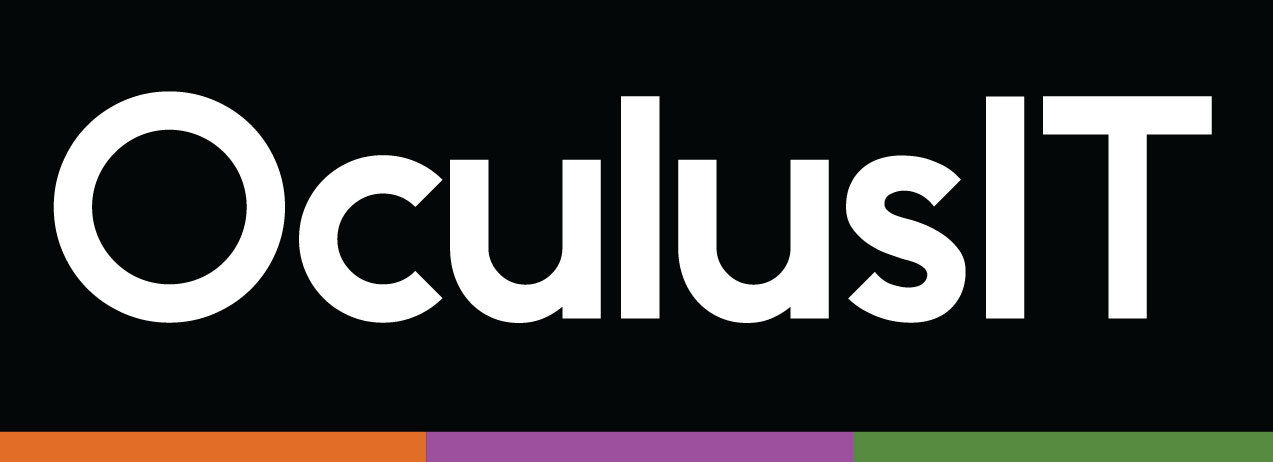Enterprise Mobility – The Future of IT
Organizations are increasingly adopting technologies that enable them to be agile, optimized and cost effective. Enterprise mobility is one of the key technology drivers that enables organization to fulfil these business imperatives.
Mobility is a major force that will disrupt future businesses and is already augmenting how we are connected to enterprise applications while on the move. As a disruptor, enterprise mobility will play a key role in IoT/Machine-to-Machine enabled solutions. It is revolutionizing higher education, healthcare, automotive, and financial services among other industries, and augmenting the M2M eco-system to be smarter and self-aware.
71% of enterprises across the world regard mobility as a top priority and the market is anticipated to reach valuation of US $510.39 billion by end of 2022.
Source: Mobile business insights
The top trends that will accelerate this $510.39 billion mobility solutions include:
Enterprise Mobility in Higher-Education – Virtualization of the traditional classroom has driven the growth of mobility solutions in the higher education space. Technology continues to usher in quality learning experiences by digitizing books and lectures into audio-visuals, providing access to virtual classrooms, increasing community engagement, and access to online knowledge repositories among other benefits. With data security being one of the top concerns, containerization and mobile device management (MDM) are the best practices that can be used together for a layered security approach. Mobility will reduce the physical and mental burden on students by effectively tracking and managing their data, effective performance management, updating them on lectures and assignments and most of all, relaying important performance feeds to their guardians.
Mobile devices are an integral part of a student’s life today. Leveraging this aspect is critical in lowering the cost of IT infrastructure.
Bring-your-own-device (BYOD) strategies are being adopted by higher education centres to substantially lower the infrastructure costs and make education more accessible. Aspects of desktop virtualization, mobile collaboration and next-generation learning are integral to BYOD strategy in controlling costs.
Damon Kathuria,
Vice President, Operations
About the Author
Damon is an accomplished leader in technology-led business solutions, corporate technology function and enterprise digitization. As Vice President of Operations at OculusIT, he is responsible for developing and executing a global operations strategy in organization’s support functions, service delivery, customer billing, information technology, and global procurement.
Next

